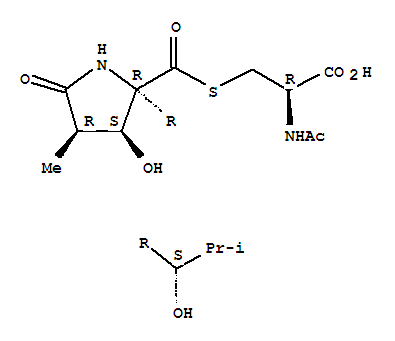Suppliers and Price of Lactacystin
- Business phase:
- The product has achieved commercial mass production*data from LookChem market partment
- Manufacturers and distributors:
-
- Manufacture/Brand
- Chemicals and raw materials
- Packaging
- price
- Usbiological
- Lactacystin
- 200ug
- $ 472.00
- Usbiological
- Lactacystin
- 100ug
- $ 307.00
- TRC
- (+)-Lactacystin
- 1mg
- $ 295.00
- Sigma-Aldrich
- Lactacystin ≥90% (HPLC)
- 0.2 mg
- $ 387.00
- Sigma-Aldrich
- Lactacystin ≥90% (HPLC)
- .2mg
- $ 373.00
- Medical Isotopes, Inc.
- (+)-Lactacystin
- 0.25 mg
- $ 900.00
- Medical Isotopes, Inc.
- (+)-Lactacystin
- 1.25 mg
- $ 2200.00
- ChemScene
- Lactacystin ≥98.0%
- 1mg
- $ 1100.00
- ChemScene
- Lactacystin ≥98.0%
- 500ug
- $ 650.00
- Cayman Chemical
- Lactacystin ≥98%
- 50μg
- $ 38.00
-
Total 27 raw suppliers





